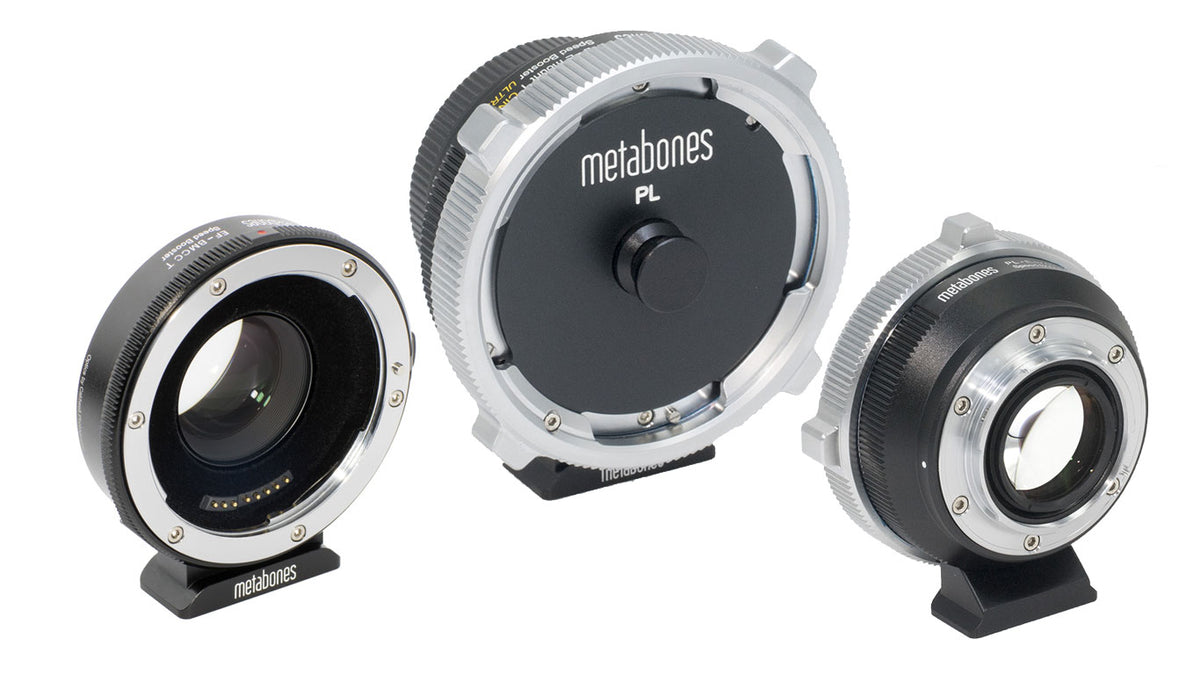According to a non-human (unfortunately formatting is lost)
Understanding Camera Speed Boosters:
Introduction to Speed Boosters:
A camera speed booster, also known as a focal reducer, is an optical adapter that alters the focal length and aperture of a lens when mounted between the lens and the camera body. Its primary purpose is to increase the amount of light reaching the camera sensor.
Optical Mechanics:
The speed booster employs a series of optical elements to concentrate and project more light onto the camera sensor. This results in a wider effective aperture and an apparent reduction in the focal length of the attached lens.
Benefits of Using Camera Speed Boosters:
Enhanced Low-Light Performance:
The increased amount of light reaching the sensor due to the speed booster enhances low-light performance. Photographers can capture sharper and clearer images in challenging lighting conditions.
Wider Aperture Effect:
The speed booster effectively reduces the lens's f-number, providing a wider aperture. This allows for greater control over depth of field and improved background blur, ideal for achieving artistic and cinematic effects.
Preservation of Depth of Field:
Despite the reduction in focal length, the speed booster helps preserve the original depth of field of the lens. This is advantageous when using lenses with longer focal lengths for portrait or telephoto photography.
Compatibility Across Lens Mounts:
Speed boosters often feature interchangeable mounts, allowing photographers to use lenses with different mounts on their camera bodies. This versatility expands the range of lenses available for creative exploration.
Increased Field of View:
The apparent reduction in focal length results in a wider field of view. This can be advantageous in various scenarios, from landscape photography to capturing group shots in confined spaces.
Transformative Impact on Photographic Excellence:
Creative Flexibility:
Camera speed boosters empower photographers with a heightened level of creative flexibility. The ability to manipulate aperture, focal length, and low-light performance opens doors to new artistic expressions.
Cost-Effective Solution:
In scenarios where acquiring high-aperture lenses might be financially impractical, a speed booster provides a cost-effective alternative. It maximizes the potential of existing lenses without the need for significant investments.
Versatility in Lens Selection:
The adaptability of camera speed boosters across various lens mounts allows photographers to explore a diverse range of lenses, regardless of their native mount. This flexibility encourages experimentation and the discovery of unique visual styles.
Improved Image Quality:
The increased amount of light and the wider effective aperture contribute to improved image quality. Photographs captured with a speed booster often exhibit enhanced sharpness, reduced noise, and vibrant color rendition.



